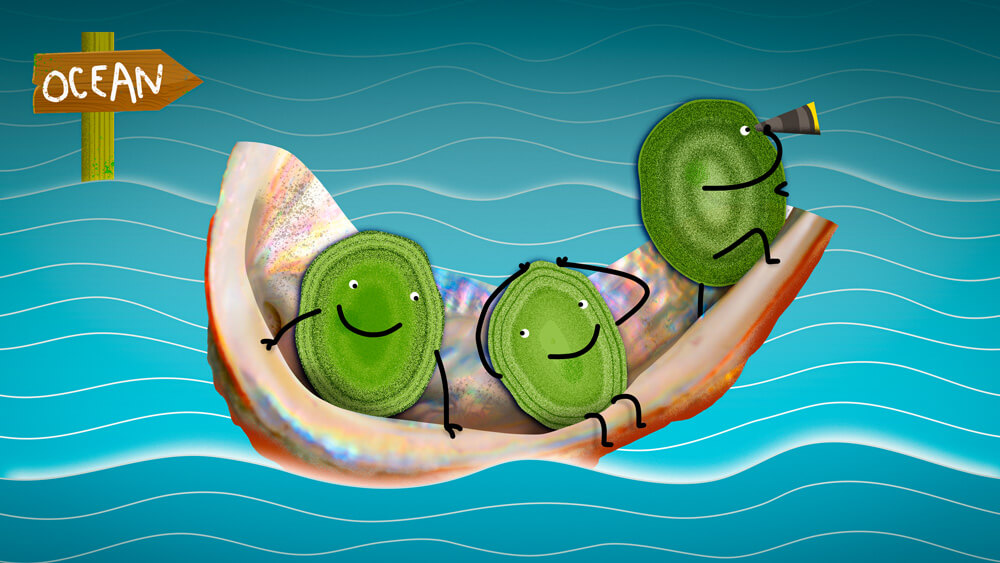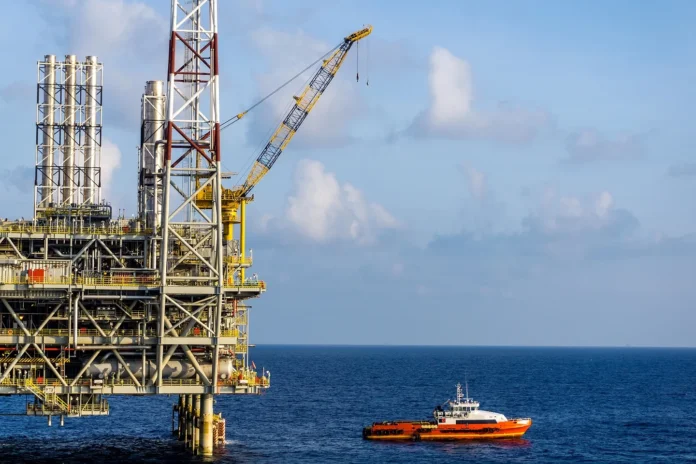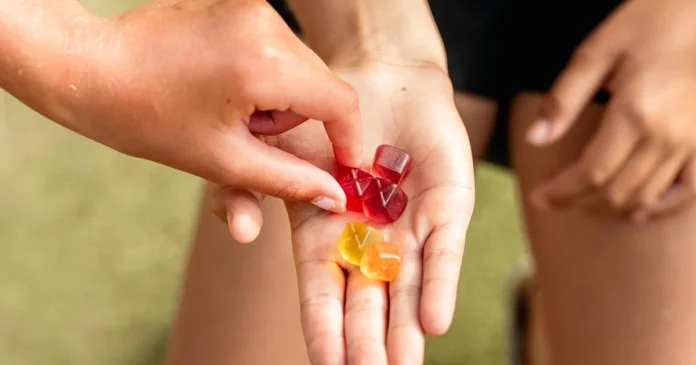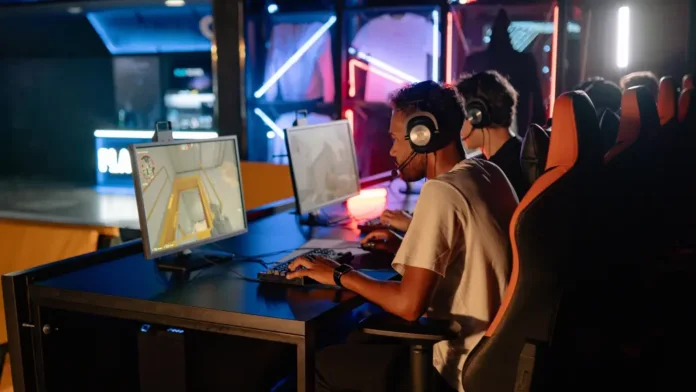Picture this: A vast, invisible forest bobbing gently on the surface of the world’s oceans. It’s not composed of trees, but of microscopic organisms. These tiny dwellers, known as phytoplankton, are engaged in an incessant task of monumental importance – they’re busy absorbing carbon dioxide from the atmosphere, almost matching the efforts of Earth’s terrestrial forests. An essential player among them is Prochlorococcus, a minute, green-tinted free-floater, the most abundant phytoplankton in the oceans today.
But have you ever wondered how these tiny powerhouses made their way from the nutrient-rich coastal areas to the vast expanse of the open oceans? Researchers at MIT have been pondering this very question, and their findings are as fascinating as they are groundbreaking.
Table of Contents
From Coastal Dwellers to Open Ocean Explorers
It’s believed that Prochlorococcus’s ancestors began their life journey near the coastlines, thriving in the plentiful nutrients available in communal microbial mats on the seafloor. But what prompted these coastal dwellers to venture out into the open oceans?
In a thrilling twist, MIT scientists suggest the answer lies in a phenomenon akin to hitchhiking. These scientists propose that the predecessors of Prochlorococcus developed the ability to attach themselves to chitin – the degraded particles of ancient exoskeletons. Acting as miniature rafts, these chitin particles carried the microbes on an epic journey out to sea, providing them with essential nutrients to sustain them along the way.
Prochlorococcus’s “Rafting” Adventure: A Theory Unveiled
The fascinating theory proposed by the MIT team, aptly named the “chitin raft” hypothesis, paints a picture of ancient Prochlorococcus microbes embarking on an incredible voyage. Using chitin particles as their vessels, these microbes ventured out into the vast, nutrient-poor open ocean. As they journeyed, they evolved, adapting to their new environment and eventually becoming the free-floating ocean dwellers we know today.
“If Prochlorococcus and other photosynthetic organisms had not colonized the ocean, we would be looking at a very different planet,” says Rogier Braakman, a research scientist in MIT’s Department of Earth, Atmospheric, and Planetary Sciences (EAPS). “The ability to attach to these chitin rafts enabled them to establish a foothold in an entirely new and massive part of the planet’s biosphere.”
The Genetic Evidence Supporting the Chitin Raft Hypothesis
But how did the researchers come to this captivating theory? It all started with a mysterious gene. Some strains of Prochlorococcus, particularly those dwelling in low-light regions, were found to possess a gene encoding the ability to break down chitin, a carbon-rich material derived from the exoskeletons of arthropods such as insects and crustaceans.
“That was very strange,” says Giovanna Capovilla, who decided to investigate the finding further. Capovilla’s experiments showed that these Prochlorococcus strains could indeed degrade chitin and use it for their growth, a surprising and exciting discovery that set the stage for the chitin raft hypothesis.
It’s All in the Timing
To test the chitin raft hypothesis, the MIT team turned to the fossil record and genetic analysis. They discovered that the chitin-degrading gene appeared in the ancestors of Prochlorococcus and Synechococcus around the same time aquatic arthropods began to colonize marine environments – approximately half a billion years ago.
“The timing is quite solid,” says Greg Fournier, who specializes in tracing genes across species of microbes through history. “Marine systems were becoming flooded with this new type of organic carbon in the form of chitin, just as genes for using this carbon spread across all different types of microbes.”
Chitin: The Ticket to the Open Ocean
For the ancient picocyanobacteria inhabiting low-light conditions along the coastal seafloor, chitin was more than just a source of energy – it was a ticket to a whole new world. These tiny organisms used the chitin particles as rafts, leaving their coastal niches to explore and eventually colonize the vast open ocean.
Once out at sea, the rafting microbes gradually developed ocean-dwelling adaptations. After millions of years, they were ready to “take the plunge” and evolve into the free-floating, photosynthesizing Prochlorococcus that populate the oceans today.
“In the end, this is about ecosystems evolving together,” Braakman explains. “With these chitin rafts, both arthropods and cyanobacteria were able to expand into the open ocean. Ultimately, this helped to seed the rise of modern marine ecosystems.”
Implications and Future Directions
This groundbreaking research has not only shed light on the incredible journey of Prochlorococcus from the coasts to the open ocean but also underscored the microbe’s crucial role in sequestering carbon and shaping the planet’s climate. Without Prochlorococcus and its phytoplankton companions, Earth would indeed be a very different planet.
The chitin raft hypothesis opens up exciting new avenues for further research. It invites us to delve deeper into the intricate relationships between different species and their environments, and to appreciate the extraordinary ways in which life adapts and evolves to inhabit every corner of our planet.
As we continue to explore these tiny yet mighty organisms, we come to realize that understanding their journey is not just about tracing their past, but also about charting the future of our planet.
This blog post was based on the research supported by the Simons Foundation, the EMBO Long-Term Fellowship, and by the Human Frontier Science Program, as part of the Simons Collaboration on Ocean Processes and Ecology (SCOPE).








